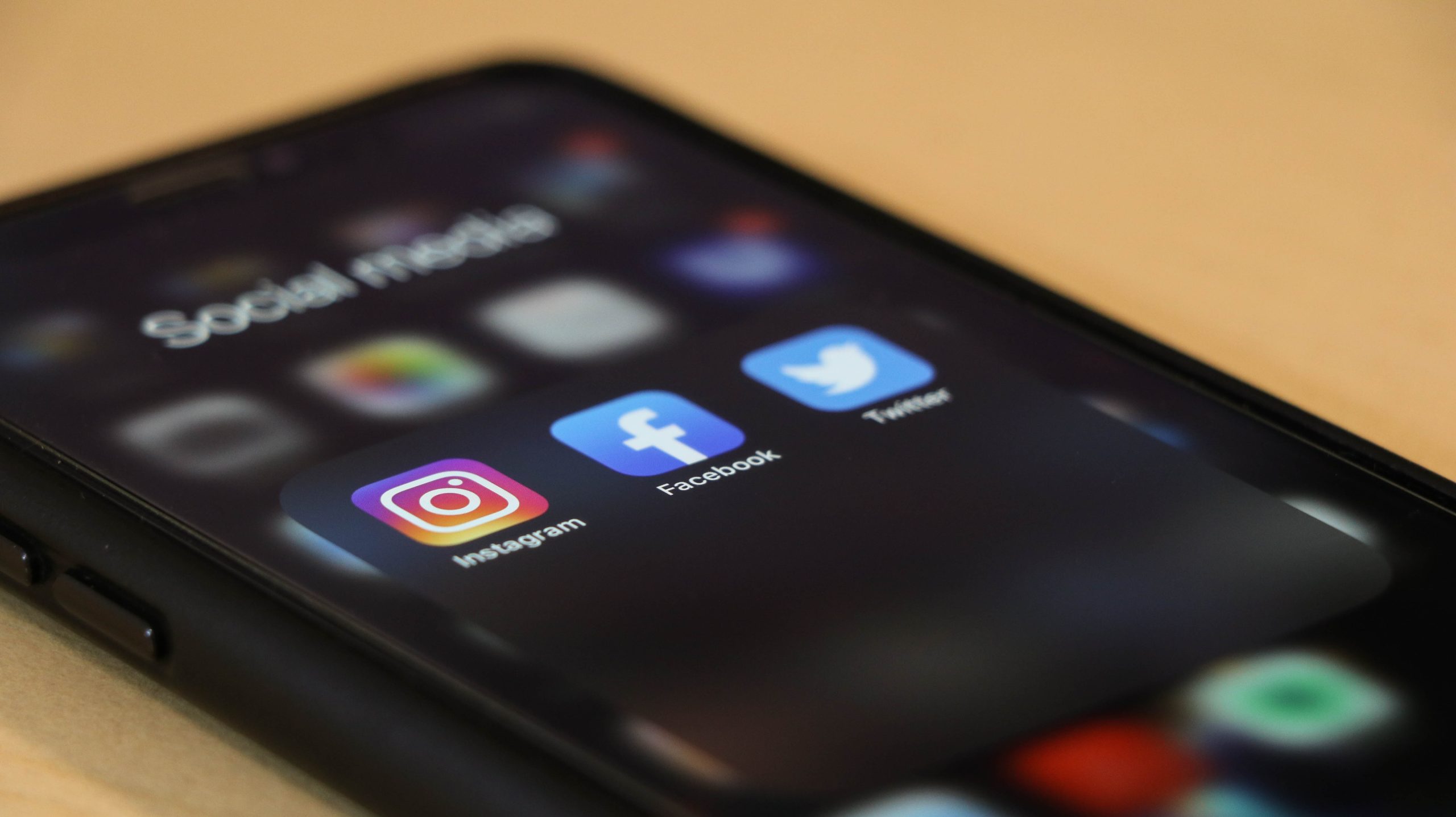Social media has undergone a dramatic transformation since its inception—from a tool for simple communication to one of the most powerful forces shaping modern society. What began as basic online interactions has evolved into a global ecosystem influencing everything from politics and culture to commerce and mental health. But with this evolution comes increased potential for harm—and growing legal scrutiny.
In this article, we’ll explore how social media emerged, how its content and impact have changed, the legal protections platforms rely on, and the major legal challenges they face today.
The Roots of Social Media: From Letters to Likes
While digital social platforms are a 21st-century innovation, the concept of long-distance communication is ancient. Hand-delivered letters date back to 550 B.C.E., with organized postal systems spreading across empires. Fast forward to the telegraph in 1792, and people could transmit messages almost instantly.
Throughout the 19th century, technologies like the pneumatic post (1865), the telephone (1890), and the radio (1891) brought real-time connection to the masses. These innovations laid the groundwork for what we now recognize as social networking.
The birth of the internet and supercomputing in the mid-20th century accelerated this process. In the 1970s, systems like UseNet enabled users to share messages in public forums—an early version of the social media feed.
By the 1980s and 90s, platforms like IRC (Internet Relay Chat), bulletin boards, and early email systems began to shape interactive online communities.
The Rise of Modern Social Media Platforms
The true digital era of social networking began in 1997 with Six Degrees, the first site that allowed users to create profiles and link with friends. In the early 2000s, platforms like Friendster, Myspace, and LinkedIn took off, offering new ways for users to connect and share.
Then came Facebook in 2004, forever changing the landscape. It popularized real-time newsfeeds, algorithm-driven content curation, and large-scale data collection. Over time, platforms like YouTube, Twitter (now X), Instagram, Reddit, Snapchat, TikTok, and Threads emerged, each contributing to the content-sharing revolution.
The Evolution—and Risk—of Online Content
Early social media was mostly text-based. Today, it’s driven by images, video, livestreams, and algorithmic personalization. But with this evolution has come growing concern about harmful content.
Key Issues Today:
- Misinformation & disinformation: From public health to elections, false narratives spread faster than facts.
- Cyberbullying & harassment: A 2023 Pew Research study shows that 41% of U.S. adults have personally experienced online harassment.
- Extremism & radicalization: Platforms are under pressure to remove violent and hateful content, especially after real-world events like the Christchurch shootings (2019), which were livestreamed.
Online Safety Concerns:
- Privacy: Algorithms track users in increasingly invasive ways, raising concerns about surveillance and consent.
- Data security: High-profile breaches have exposed millions of users’ data, shaking public trust.
- Youth mental health: A 2022 U.S. Surgeon General’s report linked excessive social media use to increased rates of anxiety and depression among teens.
Legal Protections: Section 230 and Its Controversy
For years, U.S. platforms have relied on Section 230 of the Communications Decency Act (1996) to avoid liability for user-generated content. This law protects platforms from being held legally responsible for posts made by their users—while still allowing them to moderate harmful content.
However, critics argue that Section 230 is outdated and gives tech companies too much power without accountability. In fact, the Supreme Court has recently considered cases that could redefine its scope.
Notable recent developments:
Gonzalez v. Google (2023): This case challenged whether platforms should be liable for algorithmically recommending terrorist content. Although the Court did not ultimately rule against Google, it signaled that algorithmic amplification may not be immune in the future.
Real-World Legal Challenges
Several landmark cases have highlighted the blurred lines between platform responsibility, freedom of speech, and societal harm:
- Trump vs. Twitter (2021): Following the January 6 Capitol riot, former President Trump was permanently suspended from Twitter (now X) for inciting violence. This reignited debates over political speech, censorship, and First Amendment rights on private platforms.
- Facebook and the Rohingya Genocide: The UN reported that Facebook was used to incite ethnic violence against Myanmar’s Rohingya Muslims. Survivors filed a $150 billion lawsuit in the U.S., claiming the platform failed to act on known hate speech.
- TikTok and Youth Safety Investigations: Amid concerns over harmful trends, the U.S. and EU have launched investigations into TikTok’s data practices and content moderation, especially regarding minors.
- Montana’s TikTok Ban (2023): Montana attempted to ban TikTok, citing national security concerns. The case sparked legal battles over whether states can regulate access to platforms based on foreign ownership.
What’s Next? The Future of Legal Oversight in Social Media
As technology outpaces regulation, lawmakers around the world are working to update digital policy frameworks. In the U.S., bipartisan efforts are underway to reform Section 230, enforce transparency, and impose age-based protections.
In the EU, the Digital Services Act (DSA) took effect in 2024, requiring platforms to remove illegal content quickly and offer greater algorithmic transparency. Similar legislation may soon appear in the U.S.
Social media platforms are also investing in AI-driven moderation, though critics argue these tools still struggle with context, bias, and false positives.
Conclusion: Finding the Balance
Social media has revolutionized the way we connect, share, and shape the world. But with this power comes responsibility—and risk.
As platforms navigate increasing legal challenges, striking a balance between free expression, user safety, and accountability is more important than ever. Future legislation will likely shape how social media operates, moderates content, and protects users for years to come.
Whether you’re a creator, consumer, parent, or policymaker, understanding the legal evolution of social media is essential to navigating the digital age.

